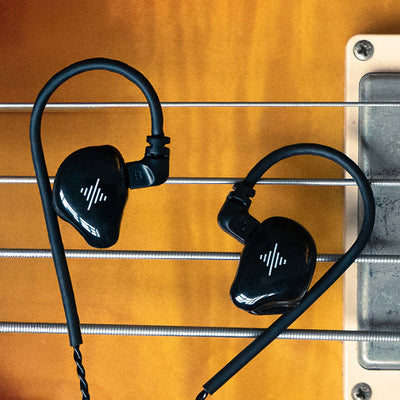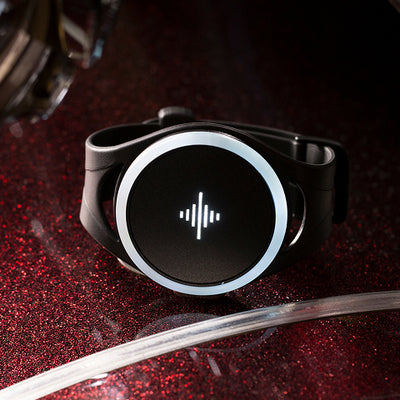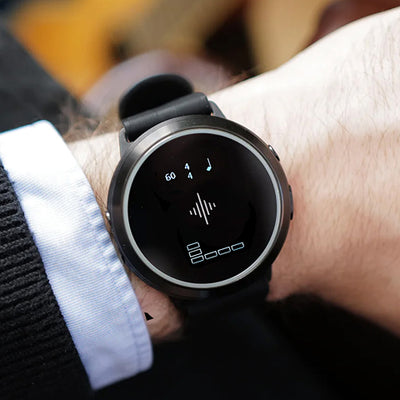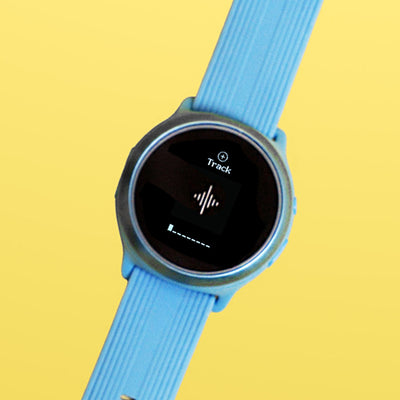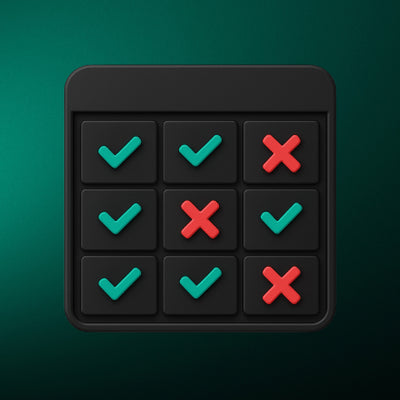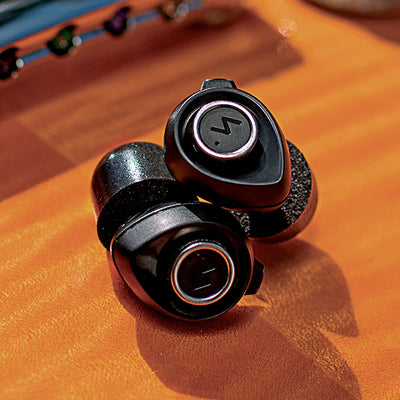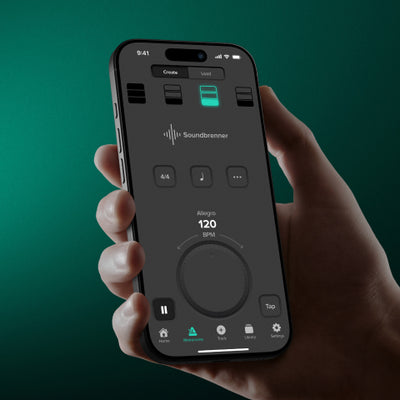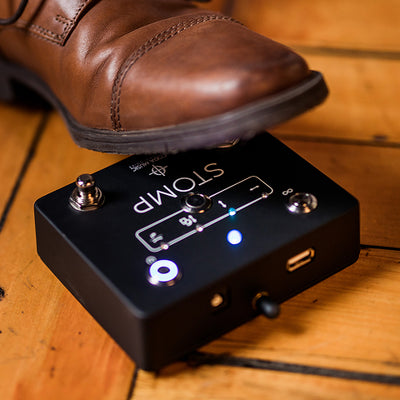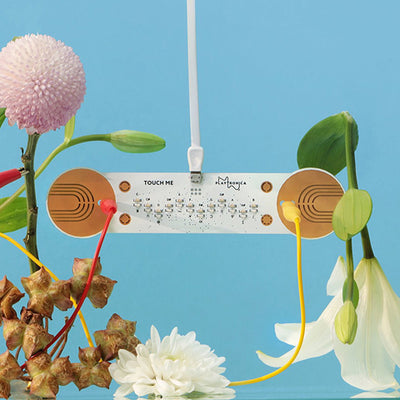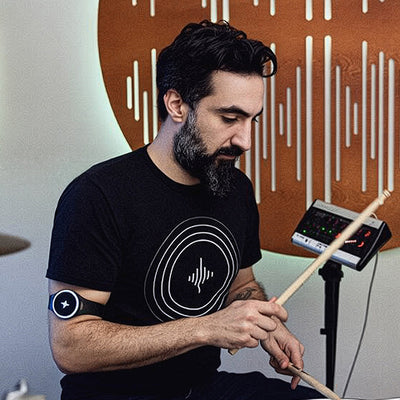Blog4 min read
Using a metronome in lessons: Cellist teacher Sarah Rogerson introduces Pulse to her students
Bringing in a technical tool like a metronome can be scary for young minds. Sarah Rogerson shares her tips on using a metronome in lessons.
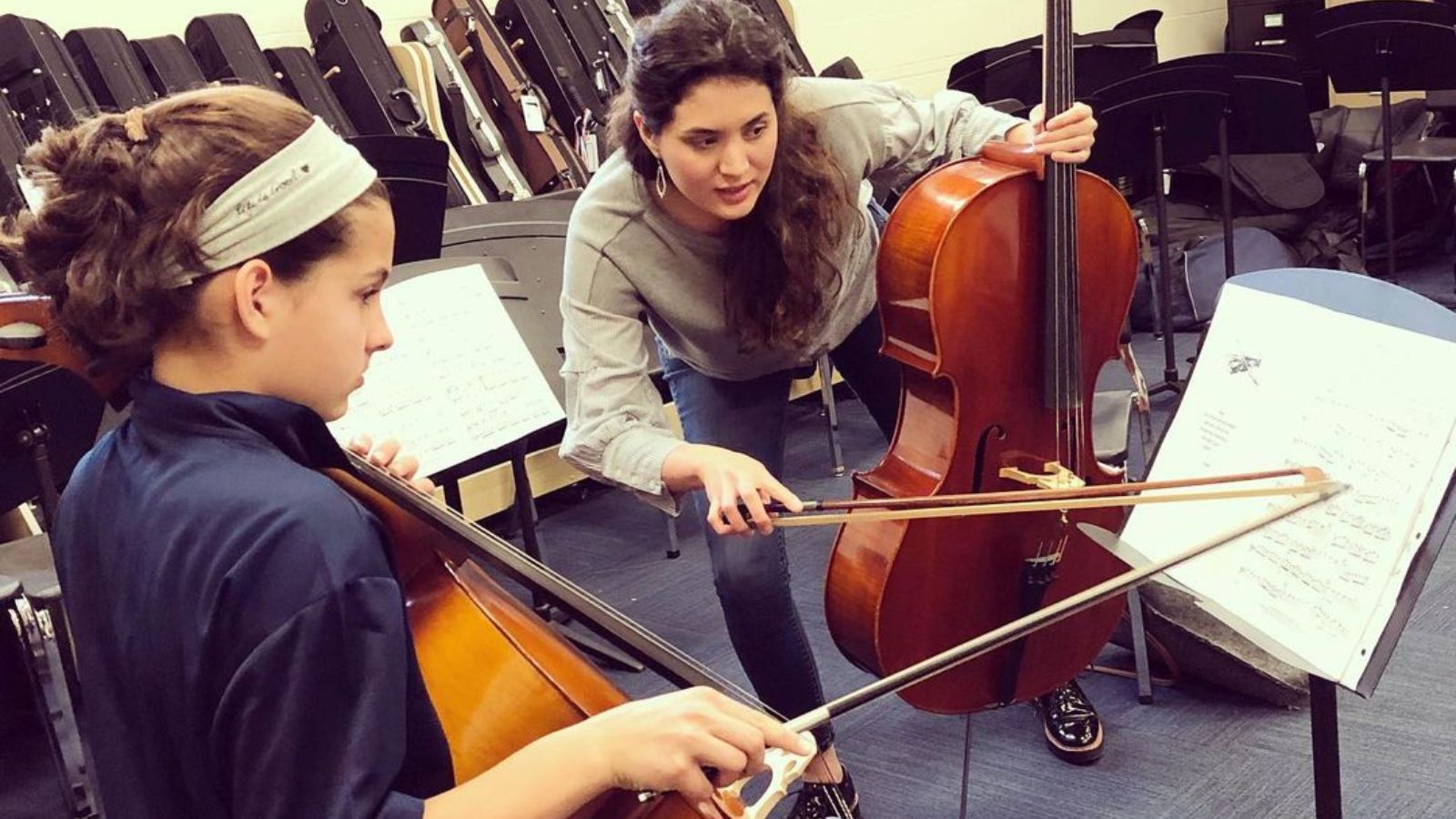
Sarah Rogerson is a cellist and teacher living in Dallas, Texas. With over 7 years of teaching experience, Sarah’s teaching philosophy is simple: create an environment for students where they can successfully acquire the skills to play the cello, including using a metronome in lessons, and appreciate the beauty and complexity of music.
She is currently teaching students of all ages, as well as performing in musicals for prestigious theaters. Sarah kindly offered to share her teaching experience with us, including how she incorporates using a metronome in lessons, as well as how she uses the Soundbrenner Pulse in her lessons.
How do you motivate your students to learn music?
After years of teaching, I’ve learned that every student progresses at a different rate. However, one of the biggest motivators for my students is when they begin to enjoy how they sound and recognize that they are finally making music. Not only does this improve their confidence, but also inspires them to continue.
Another motivating element is when my students, especially the younger ones, perform for an audience (usually in front of family members). I like to encourage this at almost every lesson if possible. In this manner, they can receive immediate recognition and feedback from others apart from myself, the teacher.
One last thing I like to do is assign my students weekly practice logs with specific passages to work on, music theory homework, scales, and using a metronome in lessons, etc. They are required to record their practice time and complete all assignments. It is important to be consistent with this as a teacher to encourage students to do the same and understand its seriousness.
What are the everyday challenges of teaching music to young students?
Successfully teaching music to young students takes an extreme amount of patience and creativity. The process is very slow, and young students can get bored very quickly. Focusing on one or two concepts at a time, using a metronome in lessons, and bringing a creative mind makes the lessons enjoyable for both student and teacher. I like to incorporate games into my lessons with the younger students, as this will not only maintain their attention but improve their coordination and motor skills — another common challenge of teaching young students.
Do you usually teach with a metronome? If so, what are the benefits? What are the challenges?
Yes, I typically teach with a metronome. The benefits are tremendous. Using a metronome in lessons helps students maintain a steady beat, understand time and rhythm, and moderate speed while playing. The challenges only occur when a student is first learning how to use a metronome; this takes some practice and getting used to.
“What I was hoping for is that the Pulse would make it easier for students to follow the beat.”
Before using the Pulse, how did you expect this tool to help your teaching?
What I was hoping for is that the Pulse would make it easier for students to follow the beat, using a metronome in lessons. Students will use touch via vibrations, thus freeing up their ears to listen to their sound while playing. I expect that my students will find it less annoying to use the Pulse versus a standard metronome click.
How did your students react to the Pulse?
They gave positive feedback. My younger students were quite enthusiastic about the device and said it was easy to follow along. The older students agreed that it was not a challenge to use. My students were delighted with the ability to change the tempo to their preference.
Has the Soundbrenner Pulse helped you in tackling some of the challenges you mentioned?
Yes. My students reacted differently to the Pulse than a typical click metronome.
“I believe the Pulse to them is equivalent to having an internal beat. It is more organic and more natural to handle. The Pulse changed my students’ perspective about using a metronome to a more positive one.”
Do you think the Pulse is more effective than a traditional metronome?
I think the Pulse is very useful for young children first learning how to follow a beat. The vibrations are more comfortable to follow than a traditional click metronome.
For more experienced musicians, both the Pulse and click metronome have their advantages and disadvantages. Foremost, it’s much easier to feel a vibration versus listen for a click while playing.
However, while teaching, since I cannot hear the beat, it’s difficult for me to know if the student is following the beat precisely. Although, I did notice my students playing at a much steadier tempo while using the Pulse.
Do you have tips for other music teachers, especially on teaching rhythm?
I would suggest being creative while teaching rhythm and using a metronome in lessons. All students have a different way of understanding concepts. Approach rhythm from all angles and see what works for your student. Remember to be very clear when explaining a concept, repeat, review, and demonstrate often.














